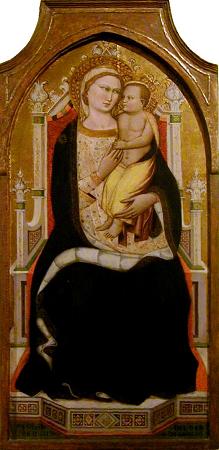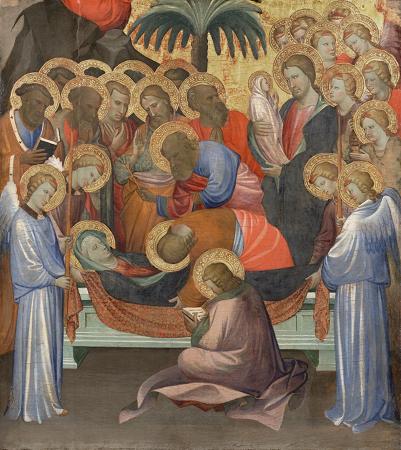Netherlands Artist. Dutch art describes the history of visual arts in the Netherlands after the United Provinces separated from Flanders. The Dutch Golden Age is sometimes considered the most creative period in art history. In the 17th century the Netherlands experienced unprecedented economic, political, and cultural prosperity. Artists like Rembrandt and Frans Hals produced some of their most iconic works. The Delft School was a group of artists active in Delft during the Dutch Golden Age. Notable figures include Johannes Vermeer and Carel Fabritius, known for their masterful use of light and color. The Utrecht Caravaggisti were a group of Dutch painters influenced by the Italian Baroque artist Caravaggio. Artists like Hendrick ter Brugghen and Dirck van Baburen adopted Caravaggio's use of chiaroscuro and naturalism. The Hague School emerged in the mid-19th century as a reaction against the academicism of the time. Artists associated with this movement, such as Jacob Maris and Anton Mauve, focused on realistic depictions of Dutch landscapes, often featuring moody atmospheres and a sense of quietude. From the intricate details of medieval illuminated manuscripts to the bold brushstrokes of modern abstract paintings, Dutch art has been shaped by a diverse array of cultural, social, and political influences, and it has in turn influenced the art of other places around the world. One of the earliest and most significant influences on Dutch art was the Northern Renaissance, a cultural movement that emerged in the Low Countries in the 15th and 16th centuries. Northern Renaissance artists such as Jan van Eyck, Rogier van der Weyden, and Hieronymus Bosch produced highly detailed and realistic paintings that reflected the growing interest in individualism, nature, and the human experience. In the 17th century, Dutch art entered its Golden Age, a period of unprecedented cultural and economic prosperity. Dutch artists such as Rembrandt van Rijn, Johannes Vermeer, and Frans Hals produced masterpieces of portraiture, landscape, and genre painting that reflected the country's growing wealth and confidence. Dutch art of this period was characterized by its attention to detail, its use of light and shadow, and its emphasis on everyday life and the natural world. In the 18th and 19th centuries, Dutch art was influenced by the social and political upheavals of the Enlightenment and the Industrial Revolution. Artists such as Vincent van Gogh and Piet Mondrian produced works that reflected the changing nature of Dutch society and the influence of international artistic movements. Van Gogh's bold use of color and expressive brushstrokes paved the way for the development of modern art, while Mondrian's abstract compositions inspired the development of minimalism and other forms of contemporary art. In the 20th century, Dutch art continued to evolve and diversify, reflecting the country's rich cultural heritage and its engagement with global artistic trends. Artists such as Willem de Kooning and Karel Appel produced abstract expressionist paintings that reflected the influence of American art, while the Dutch design movement of the 1990s, known as Droog Design, challenged traditional notions of functionality and aesthetics. Dutch art has had a significant influence on the art of other places around the world. The Dutch Golden Age, in particular, had a profound impact on the development of Western art, inspiring artists from across Europe and beyond with its innovative techniques and themes. Dutch artists such as Rembrandt and Vermeer continue to be celebrated as some of the greatest painters in the history of Western art, and their works have influenced countless artists and art movements over the centuries. Earlier painting in the area is covered in Early Netherlandish painting and Renaissance art.
more...














